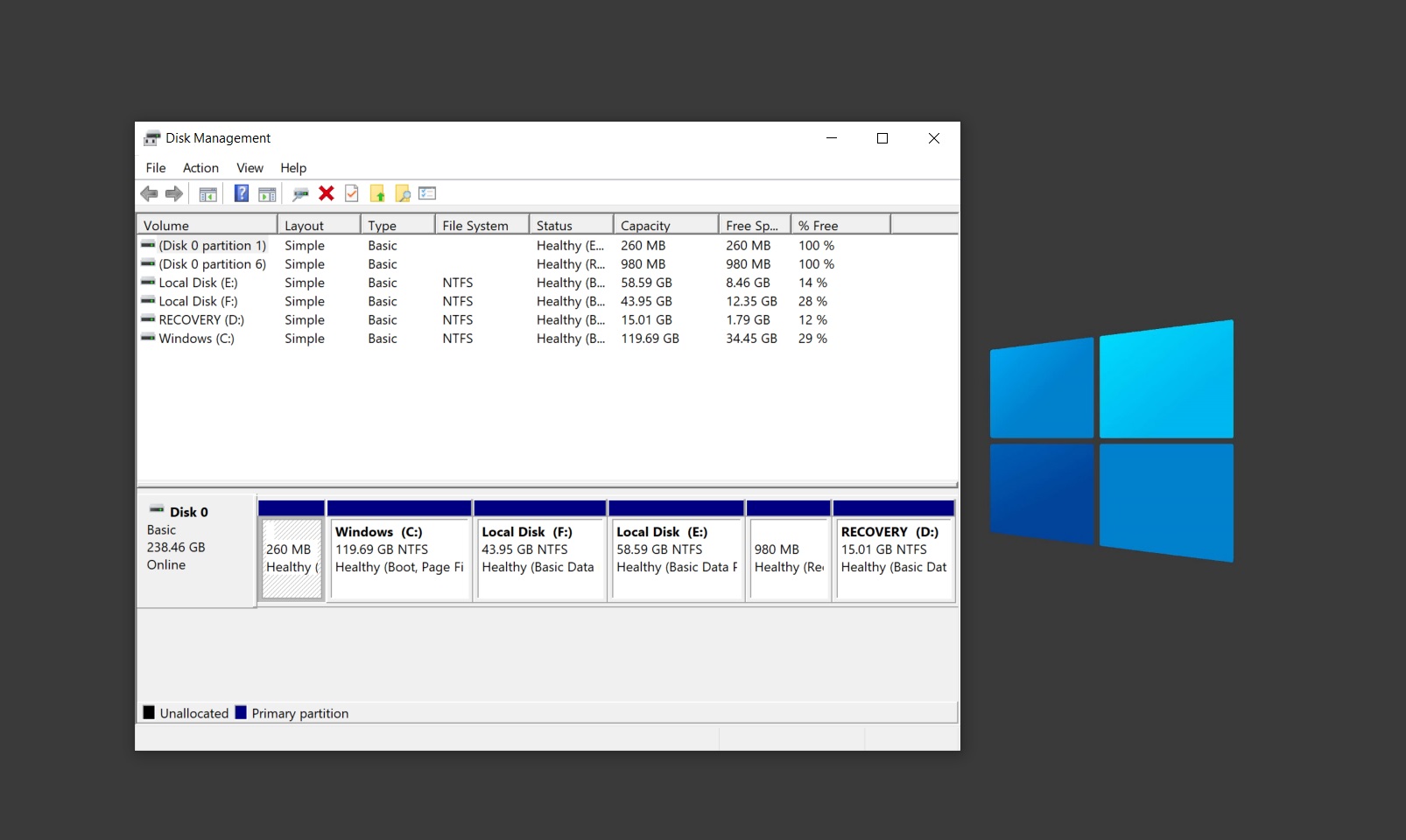

You can add a path to the volume, and you can even enable BitLocker on the drive.

You can resize the partition with the Change size button. You can select each drive and clicking the Properties button will access another page where you can change the label or drive letter. While in the main page, if you expand the drive, you’ll see the list of partitions with various information (for example, file system, partition type, status, etc.). There’s also an Advanced Disk Properties option that opens the properties of the drive with Control Panel. In addition, you’ll see the current status and the partition style (for example, GUID Partition Table “GPT”). You can select the drive and clicking the Properties button will give you additional information like name, identification, model, media, capacity, and type. Inside the page, the tool lists all the drives connected to the computer with basic information, such as the disk number, media (SSD or HDD), and whether if the drive is online or offline.


 0 kommentar(er)
0 kommentar(er)
